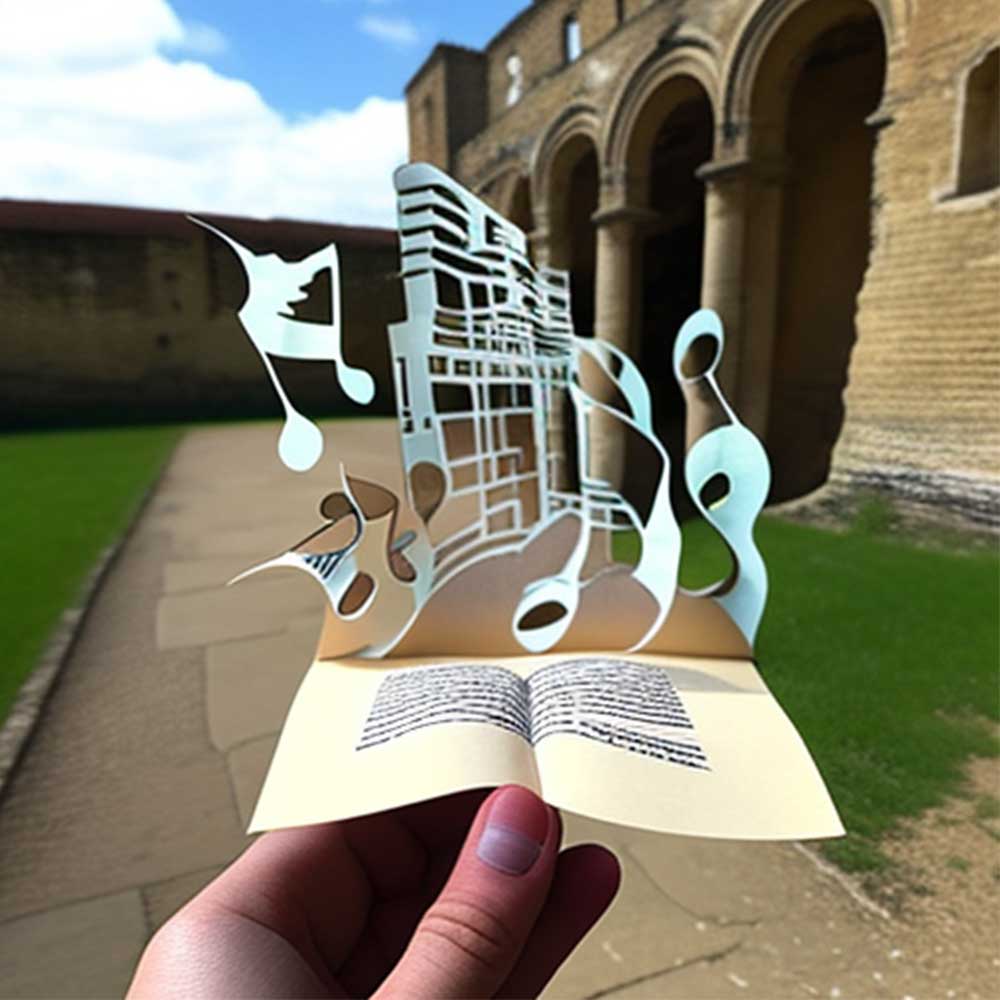These AR Glasses Will Translate Conversations in Real-Time

There is a consensus on the stagnation of the smartphone market. Improvements in processors or megapixels do not hide one reality – they are just hand-carried touchscreen devices. What kind of devices will we start using in this decade as an alternative to handle new approaches such as mixed reality? It looks like augmented reality, or AR glasses, could be the key. In one of their latest iterations, AR glasses from a Chinese company promise to translate the environment and offer music in a piece of hardware close to conventional glasses.
What are AR or augmented reality glasses?
Augmented reality or AR consists of a digital information overlay – including text and images – on a real-world view. Real images can be seen in a mediated form, as in the case of a cell phone screen, or directly, through the lenses of a pair of glasses.
In the case of AR glasses, it is usual to include a screen or to use projection mechanisms on the lens so that virtual and real images merge for perceptual purposes. In theory, this approach should be more effective, as the user can be hands-free and move around the everyday environment without hindrance. One of the earliest examples of this technology was the late Google Glass.

How do they differ from virtual reality?
And that is mainly the difference between AR glasses and a VR headset. In the case of augmented reality glasses, the user interacts with the environment and can carry out their daily activities. In contrast, virtual reality offers a fully immersive experience beyond physical reality.
In practice, however, the boundaries of AR goggles and VR headsets are not so clear-cut. New prototypes of AR glasses, such as the one being developed by Meta, allow the lens to be darkened, thus providing a virtual reality experience. At the same time, wireless VR glasses with built-in cameras can display physical reality combined with virtual elements.
A pair of glasses to translate reality
All the experts agree that ergonomics and ease of use will be critical to the mass adoption of AR glasses. The new model presented by a Chinese company at CES 2023 is a step in that direction. They are still somewhat bulkier than classic glasses, but a user could wear them daily.

These AR glasses integrate a proprietary processor similar to the latest generation of cell phones, two micro-LED screens with Full HD resolution, and a 1000 nits brightness, which in theory, allows them to operate indoors and outdoors at different times of the day. However, the most exciting aspect is their applications.
The company claims that the glasses integrate an AI system that can translate conversations with other people in real-time. That is to say, while the interlocutor is speaking, the lenses show their words translated as in a subtitled movie.
Apart from that, the model incorporates GPS functionalities that make it possible to identify buildings and monuments in the environment. And, thanks to a Bluetooth connection, it can also display notifications received on the cell phone, such as messages or alerts. Finally, it allows listening to music and taking pictures to share them directly on social networks. And all of this is managed through a gestural interface.
Other applications of AR glasses
The first applications of AR glasses have focused on professional environments. And, probably, the ability to solve simple tasks more efficiently will be the main selling point on their path to mass adoption. For now, AR glasses are excelling in applications such as these:
- Construction. In architectural environments, whether in the design phase or on-site, being able to access 3D views of models and construction elements can significantly speed up processes.
- Maintenance in industrial environments. Receiving hands-free assistance on parts or breakdowns in real-time is an excellent support for operators, as this AR project applied to water management
- Logistics management. The use of AR glasses can improve the agility with which products and parcels are managed in a warehouse for the purposes of locating and moving them.
- Surgery. If there is one environment where having your hands free is critical, it is surgery. Having vital signs indications or alerts in the middle of an operation can be of great help to surgeons.
- Video games. This is one of the most prominent applications since it can show characters or game elements combined with real environments, as is the case of Pokemon Go.
In addition to AR glasses, another avenue for exploring augmented reality is smart contact lenses, a promising technology that also brings challenges.
Source:

